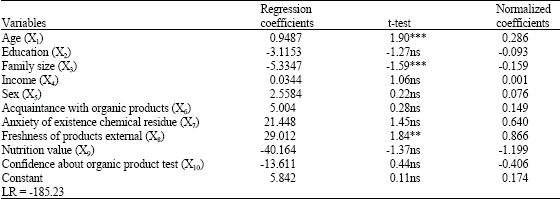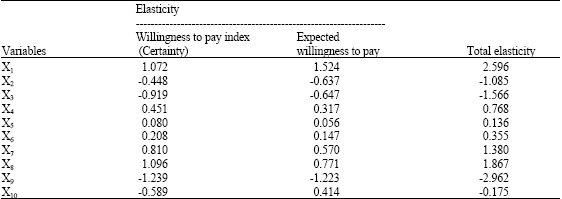Research Article
A Survey on Factors Affecting on Consumer’s Potential Willingness to Pay for Organic Products in Iran (A Case Study)
Department of Agricultural Economics, Agricultural College, Ferdowsi University of Mashhad, Mashhad, Iran
S. Hamraz
Department of Agricultural Economics, Agricultural College, Ferdowsi University of Mashhad, Mashhad, Iran













